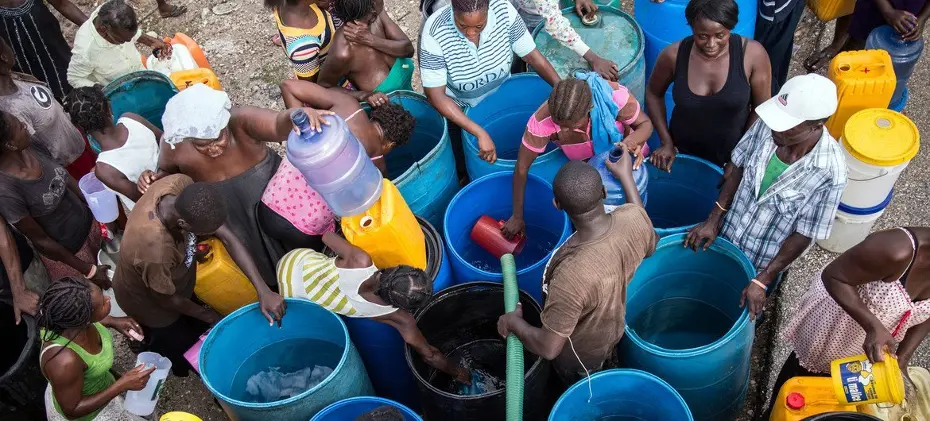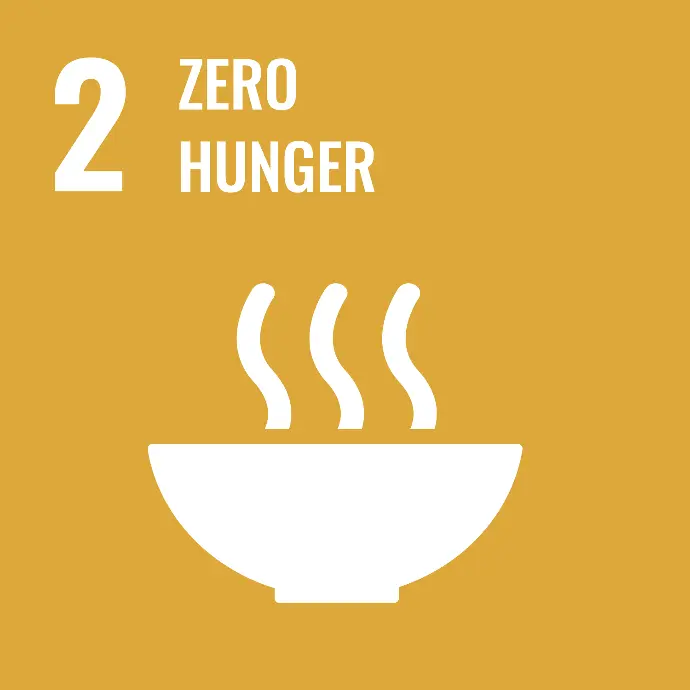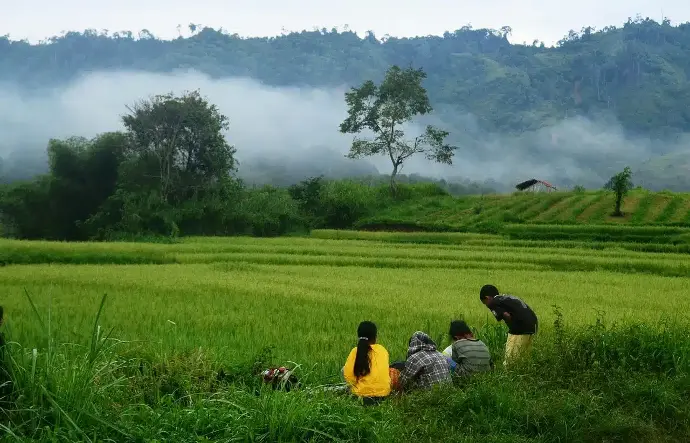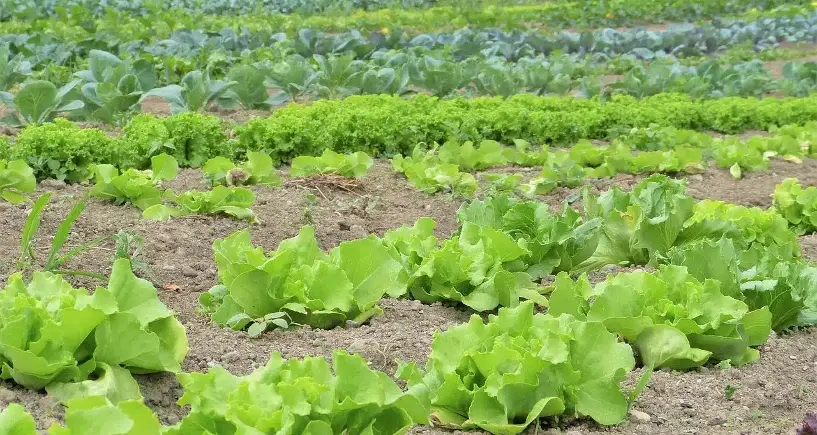Hunger
The notion of hunger usually refers to the need or desire to eat: that is, to eat food.
Hunger, therefore, is the sensation that appears when a person needs or wants to consume food. It may be a physical need (the body already requires nutrients to have energy and stay healthy) or an appetite (the intention to eat, which is often linked to pleasure). The idea of hunger can also refer to the lack of access to basic foods. In this sense, hunger implies a scarcity of food and, in this way, is associated with a wide range of health and development problems.
The hungry individual is malnourished or malnourished. This means that you ingest a smaller amount of protein and calories than your body needs. Therefore, his physical and intellectual development will be poor and his health will be affected by multiple disorders. Hunger can even lead to death.
The number of hungry people in the world increased to 828 million people in 2021, an increase of about 46 million since 2020 and 150 million since the outbreak of the coronavirus disease (COVID-19) pandemic. 19), according to a United Nations report that provides new evidence showing that the world is moving away from its goal of ending hunger, food insecurity and malnutrition in all its forms by 2030.
It must be established that there are several causes that lead to hunger still existing in the world. Specifically, among the most significant we can highlight climate change, which is leading to areas where the land is absolutely sterile, as well as poverty and exclusion.
In the same way, wars and armed conflicts existing in different areas of the planet, speculation with food, having left aside agriculture in many cases and even totalitarianism are other reasons that cause hunger to continue in the world. It is important to know that the amount of food produced in the world is enough to feed the entire population. That is why the existence of hunger shows a political problem (food is not distributed appropriately) and a moral problem (since deaths from hunger are avoidable and yet are not avoided).
The figures paint a discouraging picture:
• Up to 828 million people have suffered from hunger in 2021: 46 million more people than the previous year and 150 million more than in 2019.
• After remaining relatively unchanged since 2015, the percentage of people affected by hunger skyrocketed in 2020 and continued to rise in 2021, reaching 9.8% of the world's population, up from 8% in 2019 and 9.3% in 2020.
• Around 2.3 billion people worldwide (29.3%) were moderately or severely food insecure in 2021, 350 million more people than before the outbreak of the COVID-19 pandemic. . Nearly 924 million people (11.7% of the world's population) faced severe levels of food insecurity, an increase of 207 million over a two-year period.
• The gender gap in food insecurity continued to widen in 2021: 31.9% of the world's women were moderately or severely food insecure, compared to 27.6% of men, a gap of more than 4 points, compared to the 3 percentage points recorded in 2020.
• In 2020, almost 3.1 billion people could not afford to maintain a healthy diet, 112 million more than in 2019, reflecting the effects of consumer food price inflation resulting from the economic repercussions of the COVID-19 pandemic and the measures adopted to contain it.
• An estimated 45 million children under five suffered from wasting, the deadliest form of malnutrition, increasing the risk of child mortality by up to 12 times. In addition, 149 million children under five years of age suffered from stunted growth and development due to chronic lack of essential nutrients in their diet, while 39 million were overweight.
• Progress is being made on exclusive breastfeeding, with almost 44% of babies under six months of age worldwide being exclusively breastfed in 2020. This remains far from the 50% target by 2030. A very worrying fact is that two out of every three children lack the minimum diverse diet they need to grow and develop fully.
• Looking ahead, almost 670 million people (8% of the world's population) are expected to remain hungry in 2030, even allowing for a global economic recovery. This is a similar figure to that of 2015, when the goal of ending hunger, food insecurity and malnutrition by the end of this decade was established within the framework of the 2030 Agenda for Sustainable Development.
MALNUTRITION



The United Nations assured that “the world is moving backwards in the task of ending hunger.” Last 2021, more than 800 million people were in this situation, a figure that exceeds the data from the years before the pandemic, that is, hardly any positive changes have been experienced.
Some countries where hunger is concentrated each year are: India, Congo, Nigeria, Ethiopia, West, Central and East Africa, Bangladesh, South Asia and the Middle East. Together the figure reaches 2.3 billion people.
On the other hand, childhood also experiences a hard blow. The lack of access to basic nutrition conditions the lives of millions of children under five years of age, causing a delay in growth and development due to the lack of essential nutrients for their body such as iron or vitamins. Faced with this situation, around 39 million children are overweight. This makes it necessary to rethink the situation.
This situation will continue in the year 2030
Within the goals of the 2030 Agenda, the end of poverty is located at the top of the mountain. Given this, the UN predicts that around 670 million people will continue to suffer from hunger in 2030, even if an economic recovery is experienced worldwide. As we have mentioned, children usually bear the brunt. Added to this is food insecurity and malnutrition, a fateful combination that ends up increasing inequalities between different areas of the world.
Humanitarian aid does not reach the most affected areas of the world
International humanitarian aid has helped achieve the UN's goals, but it does not reach the data necessary to improve it. Of 100% of international aid, 60% of the money ends up being lost in different situations. For this reason, many organizations are committed to rescuing this situation that has no end. Even so, the forecasts do not establish a secure future in terms of access to food. The world is still lost and help has not yet arrived.
DRINKING WATER
Accessibility to water resources as a tool to minimize poverty





